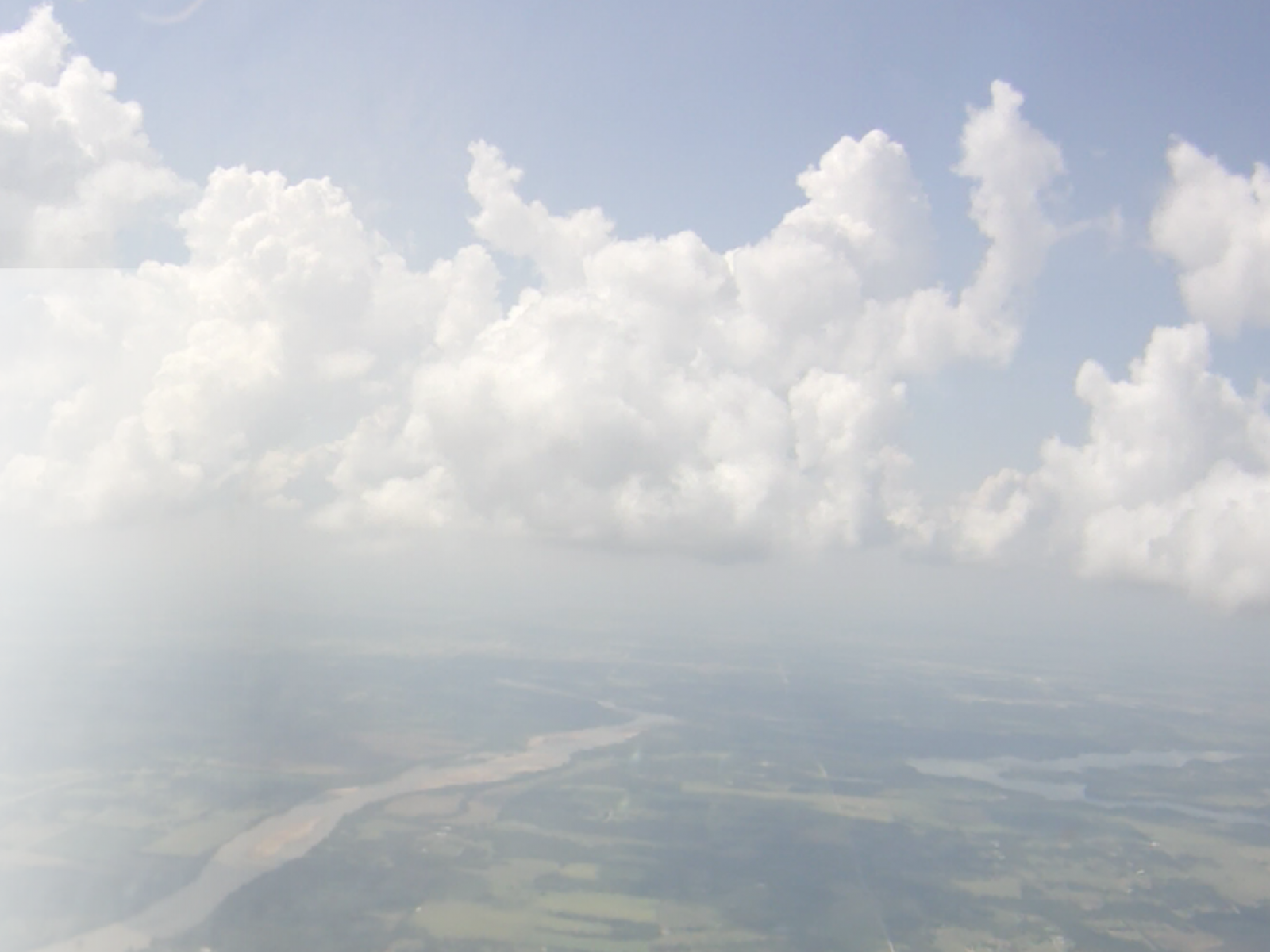Exploring How Land Surfaces Impact Convection Using Cluster Analysis
Land surface properties influence convective cloud formation

Accounting for land properties allows researchers to better predict where convective clouds will form.
(Image by Jerome Fast | Pacific Northwest National Laboratory)
Published: December 14, 2020
Chen, J., Hagos, S., Xiao, H., Fast, J., & Feng, Z. “Characterization of Surface Heterogeneity Induced Convection using Cluster Analysis.” Journal of Geophysical Research: Atmospheres, 125, e2020JD032550. (2020). https://doi.org/10.1029/2020JD032550